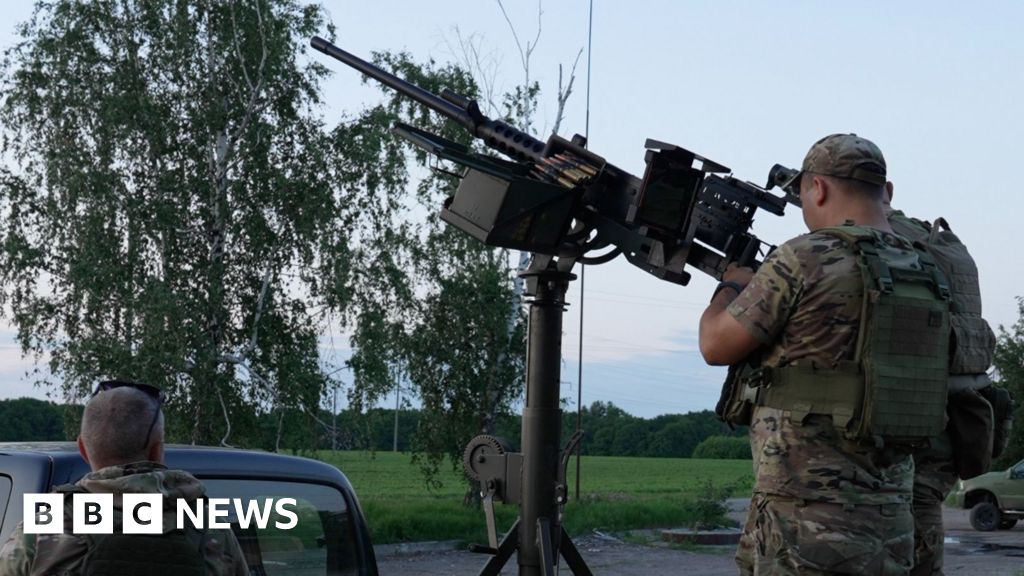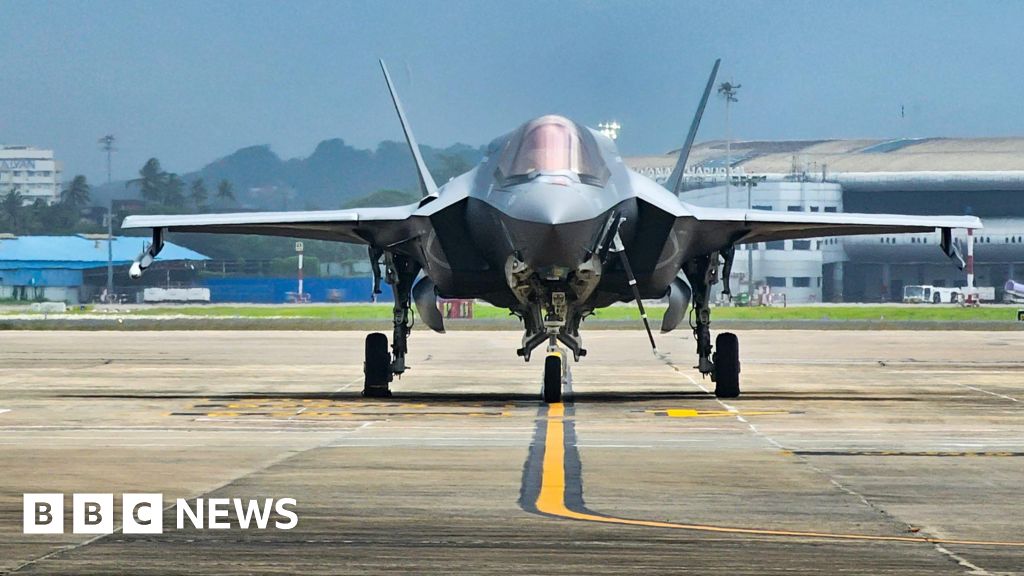Three days after Myanmar’s worst earthquake in more than a century ravaged the remote, war-torn city of Sagaing, razing monasteries and apartment buildings, help was still just starting to trickle in.
The city’s 300,000 residents had been left to largely fend for themselves after the 7.7-magnitude quake struck, damaging roads and prompting the authorities to close a bridge over safety concerns. The area was already deeply isolated, cut off from the internet by Myanmar’s military, which has been fighting rebels in a civil war.
By late Monday, some international aid groups began arriving in Sagaing. But local volunteers seeking to help with search and rescue efforts said they were being blocked by the military.
“We are not allowed to freely enter and provide assistance,” said U Tin Shwe, a resident of Sagaing who was standing outside a military barricade at a monastery that had toppled, with monks still trapped under the debris. “Rescue operations can only be carried out with their permission.”
The military government said on Monday that the toll from the earthquake, which ripped through large swaths of Myanmar, including Sagaing, and the cities of Mandalay and Naypyidaw, had surged to 2,056, up from around 1,700 on Saturday. An additional 3,900 were injured. Preliminary modeling by the U.S. Geological Survey suggests the number of deaths could be more than 10,000.
Search-and-rescue teams have flocked to the cities of Mandalay and Naypyidaw, the home of the country’s generals. But many people in Myanmar have taken to social media to plead with foreign governments to redirect aid into Sagaing, which was close to the quake’s epicenter and where residents say that over 80 percent of the town has been destroyed.
In Sagaing on Monday, soldiers kept watch at checkpoints but were not seen helping to search for survivors. With no space left in the main hospital in the city, people wrapped their dead in white cloth and laid them on the concrete outside. Hundreds of residents were stranded on the streets, sleeping under plastic tarps with no power, and food and water that is quickly running out.
The disaster was so bad that it prompted the junta to make a rare call for international aid. But it is clear that such aid will only be allowed in on the junta’s own terms. Since the earthquake, countless trucks carrying aid have been stuck overnight at military checkpoints in the city, according to the Centre for Ah Nyar Studies, an independent, nonprofit based in central Myanmar. Then on Monday, a 50-member trauma response team from Malaysia entered Sagaing, the first foreign rescue team to do so, according to local media.
Myanmar’s military regime, headed by Senior Gen. Min Aung Hlaing, has been battling rebel forces for control of Sagaing since it seized power in a coup four years ago. Scrappy groups of ordinary citizens who took up arms against the junta have made it a stronghold of resistance, and the junta has responded with a sustained campaign of airstrikes, beheadings and arson. In the past year, the rebel fighters, who have received training from some of Myanmar’s ethnic armies, have notched significant gains against the military.
Doctors belonging to the Civil Disobedience Movement, made up of government workers who left their jobs following the coup, have been blocked from entering Sagaing, according to Dr. Wai Zan, who works at the Sagaing General Hospital.
“The military is conducting security checks everywhere, making it impossible for them to enter,” Dr. Wai Zan said.
The broader Sagaing region, in central Myanmar, with about five million people including in the city proper, is home to the country’s Bamar Buddhist majority. It sits between two rivers — the Irrawaddy to the east and the Chindwin to the west — that serve as vital routes for the army’s transportation of goods, people and military supplies.
Even before the earthquake, Sagaing was at the center of much suffering.
The region has borne the brunt of military airstrikes in the country. And it accounts for the biggest number of internally displaced people in Myanmar, tallying more than one million, according to the United Nations Office for the Coordination of Humanitarian Affairs.
Even before the quake, at least 27 townships in Sagaing region already lacked access to clean water and power, according to the Institute for Strategy and Policy-Myanmar, an independent research group. More than half of the houses and buildings in Myanmar that have been destroyed by the civil war were in this region.
“Really extreme violence was carried out: beheadings, dismemberment and different sorts of violent displays meant to intimidate the population,” said Morgan Michaels, a research fellow at the International Institute for Strategic Studies.
The aftermath of the earthquake offered reminders of the city’s isolation.
Win Mar said that when the earthquake struck, she was sitting outside her house, which “crumbled entirely, with bricks falling one by one.” Her husband and her 16-year-old daughter were trapped inside and died, but it was not until Sunday that volunteers from Mandalay managed to pull their bodies out.
“I have lost everything, my family and my home,” she said.
Because the internet has been cut off since the coup and phone signals are weak, Sagaing residents could not tell the outside world what was happening. The city is overrun by soldiers and militia who closely monitor arrivals of people and aid.
“Nothing is really getting there,” said Joe Freeman, Amnesty International’s Myanmar researcher. “We are mainly worried about aid being blocked by the military because it is their history and pattern.”
Thant Zin, a volunteer trying to help in Sagaing, said aid “efforts are ineffective because we are working with bare hands, without the necessary equipment.”
“Many of the people trapped under collapsed houses are already dead,” he said. “Right now, what we need most is to recover dead bodies.”
Getting aid to the city has been challenging because the military closed the main bridge connecting Mandalay and Sagaing, out of safety concerns, after another bridge, a British colonial-era one, collapsed following the quake. The authorities reopened the main bridge on Sunday, but directed rescue vehicles entering Sagaing to a checkpoint.
Cars and trucks have been unable to pass along damaged roads. The World Food Program, which expected to start distributing food to 17,000 people in Sagaing starting Monday, had to go by ferry.
The agency plans to help 1 million people in conflict zones around the country in the coming weeks, according to Melissa Hein, head of communications for the World Food Program in Myanmar.
On Monday afternoon, a team from Unicef, the United Nations agency for children, arrived in Sagaing after a 13-hour drive from Yangon to Mandalay, according to Trevor Clark, the agency’s regional emergency adviser. He said that so far, the agency’s workers had not encountered any trouble at checkpoints.
Source link

















